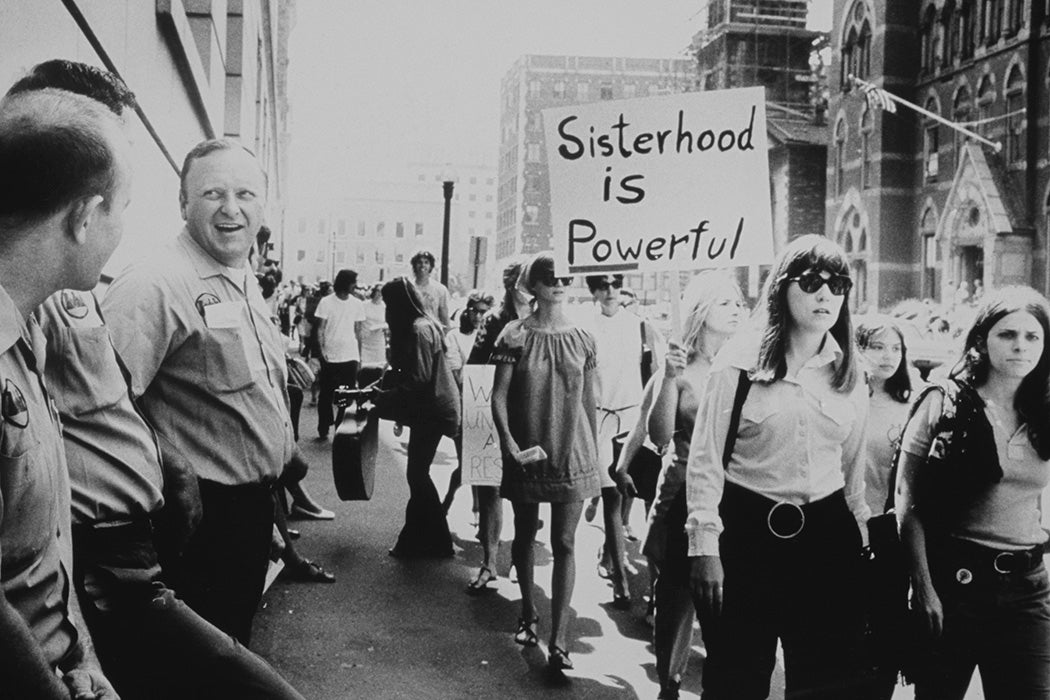Consciousness-raising groups were a bedrock of second-wave feminism, waking women up to their struggles and the sexism of the social structures in which they lived. A 1979 article gives a fascinating view into their purpose and structure. Bonnie Moore Randolph and Clydene Ross-Valliere, both nurses in the field of psychology, felt that consciousness raising might be a way to mend rifts between the nursing profession and the women’s movement, some members of which rejected “the female stereotype the profession portrays.” So they set out to explain consciousness raising to their fellow nurses.
The groups were intended to “enhance consciousness about the components of feminine identity,” by exploring personal experiences with other women. By examining stereotypes about women’s roles and analyzing their own behavior, participants felt freed to make different decisions about their lives.
Personal experiences were at the core of the groups, and their acceptance of women’s stories allowed participants to open up to one another. While some groups helped members document their intention to change based on their new understanding of their lives and roles, judgment and interpersonal conflict were taboo. Loose in structure, the groups were traditionally leaderless, though Randolph and Ross-Valliere argued that a leader with a background in psychology could help establish ground rules and help women work through their anger.
There was plenty of that to go around: By the late 1970s, consciousness raising had helped thousands of women identify the causes of emotions they had once experienced as personal failings instead of the effects of a deeply patriarchal system. “Anger is an important, necessary, and productive aspect of a CR group,” the authors wrote.
They suggested that nurses try out consciousness raising on their own, delving into how their sex affected their roles as nurses, their relationships to the authority of male doctors, and their widespread alienation from other nurses in different subspecialties.
Weekly Newsletter
But though consciousness-raising groups helped women tap into their emotions to drive social change, the sense of self the groups fostered could look a lot like self-involvement. The movement powered by newly conscious feminists largely overlooked historically marginalized groups of women, particularly poor women and women of color. Just a year before Randolph and Ross-Valliere’s article, the Combahee River Collective, a Black feminist group that had been meeting in Boston since 1974, penned a statement that pointed out how race and class intersected with, and were largely overlooked by, the women’s liberation movement. “In our consciousness-raising sessions…we have in many ways gone beyond white women’s revelations because we are dealing with the implications of race and class as well as sex…,” they wrote. “No one before has ever examined the multilayered texture of black women’s lives.”
Consciousness-raising groups would eventually fall out of fashion as women moved on to other forms of organizing and activism. But Randolph and Ross-Valliere left behind a clear vision of their significance for the women who braved them. “To feel the support, acceptance, and permission of other women is a powerful tool for growth,” they wrote, “and for many, a first-time experience of the celebration and joy in being a woman.”







